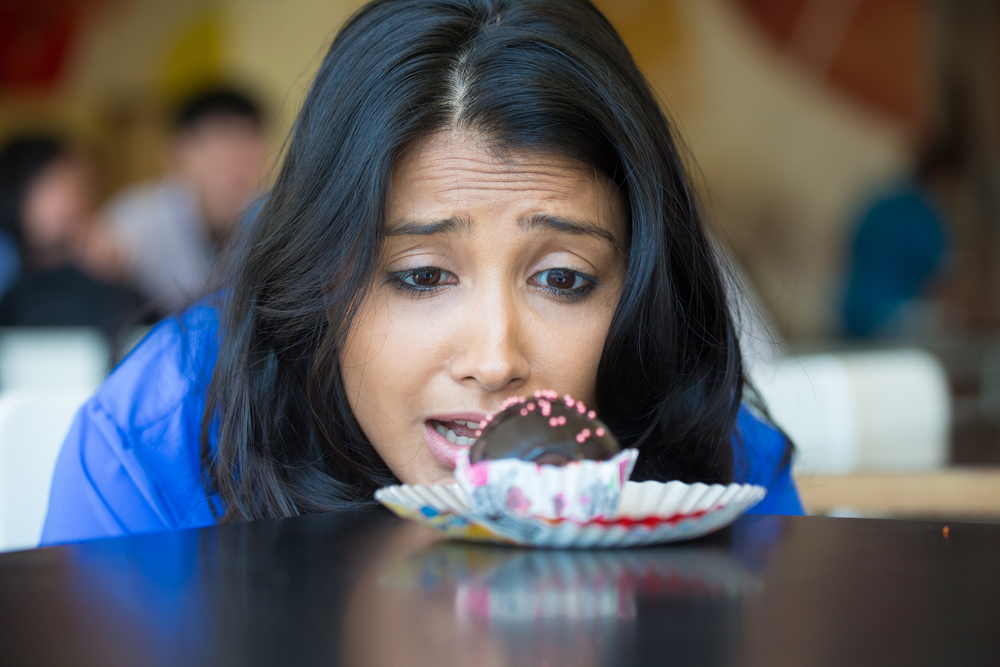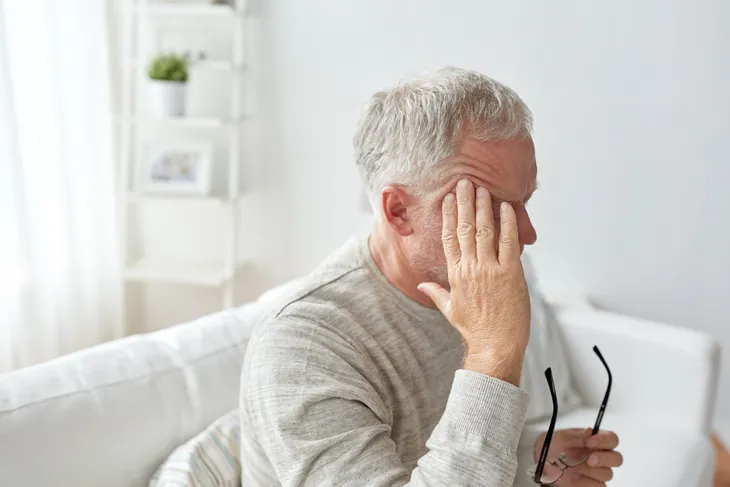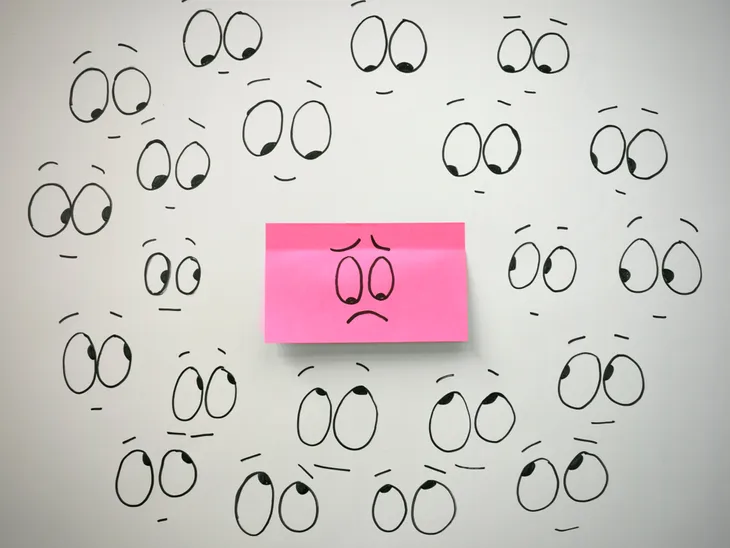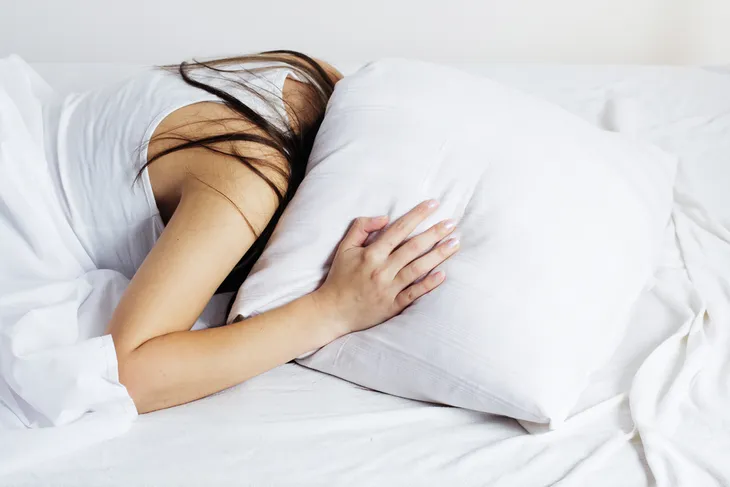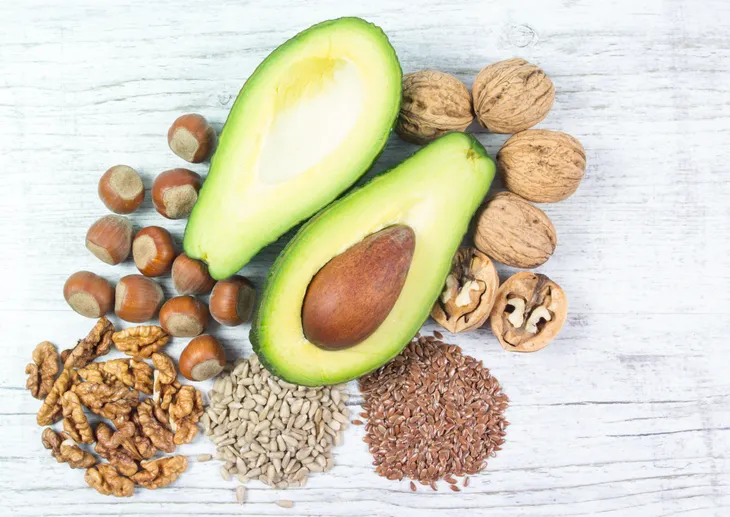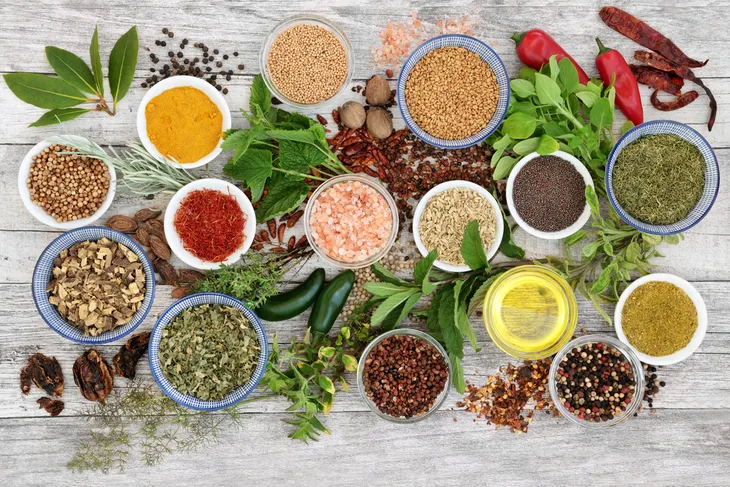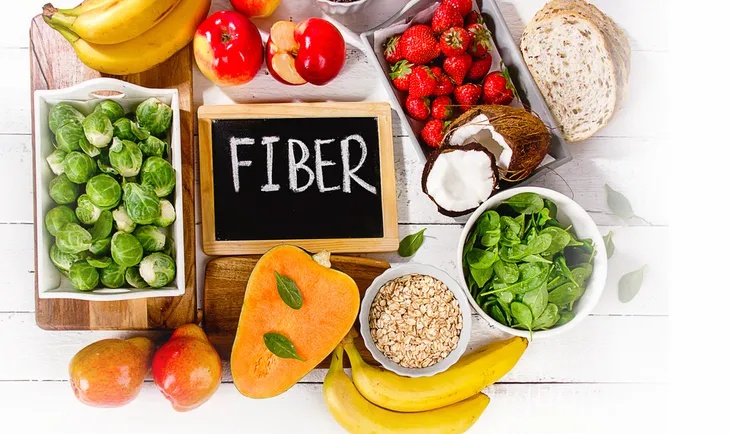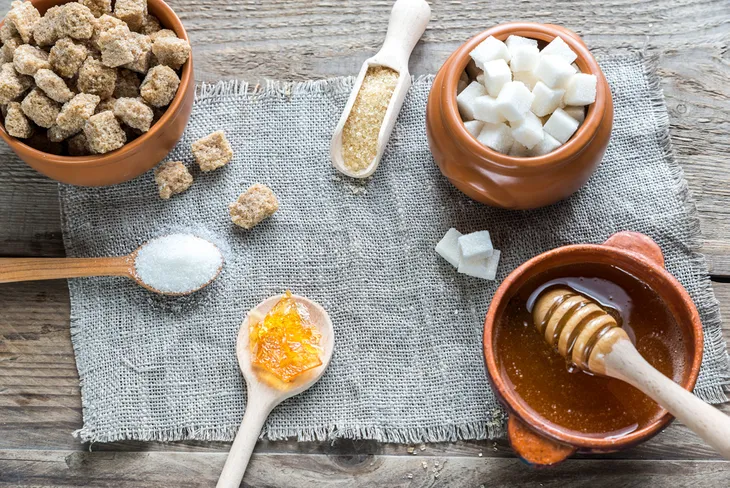There are so many amazing health benefits that come from cutting out sugar. Not only does it reduce a person’s risk of developing diabetes or heart disease, it also helps them lose weight, improve mood and give them younger looking skin! It seems like a no-brainer, so why don’t more people do it? The reason for this is because sugar is extremely hard to avoid. It’s in a lot of the foods we eat on a daily basis. Yes it’s in those sugary treats we all indulge in from time to time, but it’s also in things like yogurt, pasta sauce, salad dressing, condiments, the list goes on and on.
In addition to that, because sugar is so prominent in our diet, we’ve become somewhat dependent on it or rather, “addicted” to it. Ever heard of sugar cravings? Because of this, when we stop eating sugar, our body goes through some alarming changes, both mentally and physically. Don’t worry, they don’t last forever.
Here’s a look at some of the symptoms of sugar withdrawal and a few tips on how to cope with them until it passes…
Physical Symptoms
Before we dive into the mental withdrawal symptoms, we’ll talk about the physical ones first. Headaches is one of the first symptoms to appear and the most common side effect of a sugar detox. However, it’s not the only one. In addition to the body feeling generally and overall just “worn down,” Healthline points out that a person will also experience light-headedness, dizziness, nausea, tingling, and fatigue.
While these symptoms sound pretty awful and quite frankly, a little scary! Don’t worry, it does get better. The length of how long it takes to feel “better” depends on how much sugar you were consuming before the detox, but according to the Cleveland Clinic, a person can break their sugar addiction is about 10 days.
Depression
Now onto the mental symptoms of sugar withdrawal. Feeling down and lousy is a common side effect of a sugar detox. “Along with low mood, you may also notice a lack of enjoyment in things you once found pleasurable,” says Healthline.
Anxiety
Similar to depression and feeling down and out, you will most likely experience some anxiety. “Feelings of anxiousness may also be accompanied by nervousness, restlessness, and irritability,” writes Healthline. “You may feel like you have less patience than usual and are on edge.”
The source goes on to explain that a good way to cope with this anxiousness is to do things that help manage your stress. Take time to decompress and invest in some self-care throughout the day by taking a walk, talking to a friend, or just reading a book.
Sleep Problems
Another symptom that you can probably expect to happen is that you’ll experience some changes in sleep patterns. “Some people experience changes in their sleep when detoxing from sugar. You might find it hard to fall asleep or stay asleep through the night,” explains Healthline.
Unfortunately, sleep problems can be a vicious cycle because not getting enough sleep can actually make symptoms like fatigue, cravings, and depression, worse! It’s also been shown to increase cravings for unhealthy comfort foods. When we get enough sleep we not only function better, but we make better choices. This includes food and diet choices.
Difficulty Concentrating
This could be a result of some of the other symptoms on this list, but overall, people who cut sugar out of their diet will experience some cognitive issues in the first week or so. Healthline writes, “You may find it difficult to concentrate when you quit sugar. This can cause you to forget things and make it hard to focus on tasks, such as work or school.”
Sugar Cravings
This one is pretty scary and seems far fetched, but it’s actually been proven through scientific research. To make matters worse, most of us are consuming way too much sugar on a daily basis which makes it hard to quit. We’re supposed to only have a maximum of 6-teaspoons of sugar a day, but Healthline points out that the average American is consuming around 22 to 30-teaspoons. No wonder the withdrawal symptoms are so drastic!
So how do these cravings work? Healthline explains that even though the idea of sugar being addictive is still somewhat debated among experts, studies have shown that “sugar triggers the release of dopamine in the nucleus accumbens — the same area of the brain implicated in response to heroin and cocaine.” When we eat sugar, our brain releases endogenous opioids, leading to a rush similar to what is experienced when someone injects heroin. As a result, we’re caught in a vicious cycle of constantly wanting more. When the supply is cut, our body goes into withdrawal.
Eat Foods with Healthy Fats
People sometimes get scared of the word “fat,” and we totally understand that! However, there is such thing as heart-healthy fats. These are a great thing to eat when dealing with sugar withdrawal symptoms because similar to fiber and protein, they will help keep you full and ward off those naggy sugar cravings. Dr. Axe explains that fat is digested slowly which is how it keeps us full for longer. To be clear, we do not recommend running out and eating greasy foods like burgers and fries. When we talk about healthy fats we mean things like avocados, nuts, seeds, and pure olive oil.
Health.com points out that once a person stops eating sugar their body begins to act out in other ways like by messing with mood and energy levels. To combat this, eat more healthy fats. Alpert tells the source that eating healthy nourishing foods can help re-stabilize those mood and energy levels back to normal. “Keep yourself satisfied, especially with foods that are high in healthy fat,” she says.
Stay Hydrated
Drinking lots of water and staying hydrated is always important, but when you’ve decided to give up sugar and the body is experiencing sugar withdrawal, water is your ally! According to Women’s Health, when someone gives up either sugar, wheat, or dairy, it has a diuretic effect which means any weight loss in the first week is likely from water and excess inflammation.
Dr. Axe also points out that people often confuse being thirsty with being hungry. Probably because eating is a lot more satisfying than just drinking some water! If you feel like you’re struggling with cravings, try drinking some water. Nutritionist Brooke Alpert, RD, backs this claim up by stating that cold drinks can help curb sugar cravings. “It just kind of chills the mouth in a way.”
Water also has the ability to combat some of the symptoms of sugar withdrawal like headaches and fatigue, says Health.com.
Exercise
Not only is exercise a great way to keep your mind off the withdrawal symptoms, it also creates endorphins that can help ease the symptoms. It also provides energy which is something you’ll need during a sugar detox because one of the symptoms of sugar withdrawal is fatigue. It also helps combat stress.
Healthline cites a 2015 study that found “short bouts of exercise, such as a brisk 15-minute walk, reduced cravings for sugary foods.”
Use Herbs and Spices to Season
One of the biggest things people struggle with when cutting out sugar is that they feel like all foods without sugar are “bland.” Plus, they’re craving sugar so anything that isn’t sugar won’t taste as good. Health.com advises combating this by using herbs and spices to add flavor. “Using lots of herbs and spices, as well as ingredients like onion, garlic, and lime, will help you withdraw from sugar without feeling like your food tastes terrible,” says nutritionist Brooke Alpert, RD, to Health.com.
Eat Something Bitter
This one might sound strange, but eating bitter food can help curb those addictive sugar cravings. “Eating bitter foods shuts down the receptors in the brain that drive us to wanting and eating sugar, according to research,” says Healthline. “Bitter food also slows the absorption of sugar and helps regulate blood sugar levels, which can help you avoid many of the side effects of sugar detox.”
Eat More Dietary Fiber
Similar to protein and healthy fats, fiber helps keep us full for longer periods of time which is key when someone is struggling with sugar cravings. “Not only that, but dietary fiber also helps keep blood sugar levels steady, preventing a drop in sugar levels and side-stepping some potential negative effects of sugar withdrawal,” writes Dr. Axe.
The source then goes on to give some good examples of high-fiber foods to eat like vegetables, nuts, seeds, and legumes. Also, Dr. Axe points out that eating too much fiber can cause constipation, so just remember to balance this out by drinking lots of water at the same time.
Enjoy Natural Sugars
Cutting sugar out of your diet doesn’t mean that you have to give up all sweet things! The sugar that needs to be cut out for a sugar-free diet is only the bad sugar like that kind that’s found in desserts and candy, as well as added sugars. There are plenty of other ways to enjoy a little something sweet. You can still eat natural sugar which is found in fruit, raw honey, dates, maple syrup.
